Lens by lens
The ZF lens line covers the 18mm to 100mm focal length range, including two macro (“Makro”) lenses. The only gap in the line is between 18mm and 25mm. It would be surprising to not see that “hole” filled sometime soon.
The diglloyd.com site includes a variety of blog entries on Zeiss ZF lenses, you may want to search for Zeiss ZF for more.
18/3.5 Distagon
The author expects to receive one of the very first review units of this lens in the August 2008 timeframe. Stay tuned to the diglloyd.com blog for updates and see the background information, including comments and technical data at diglloyd.com. MTF looks promising:
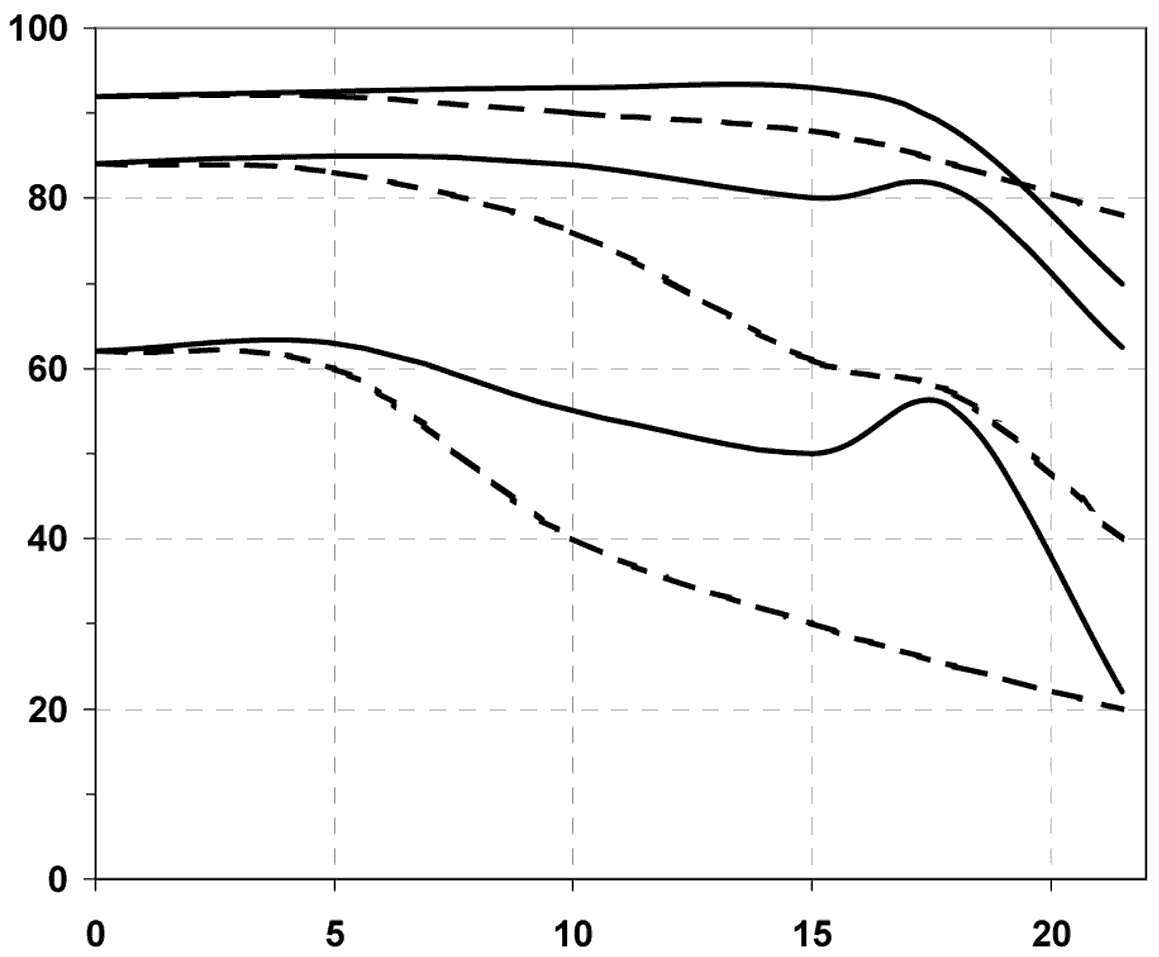
MTF (modulation transfer function) for Zeiss ZF 18/3.5 Distagon @ f/3.5
25/2.8 Distagon
The 25/2.8 Distagon offers superb image quality, especially at distance (it is not optimized for close-ups). Even wide open at f/2.8 image quality can hardly be criticized (near infinity). Compared to the 28/2 Distagon, it is harder to focus accurately in dim light due to its wide angle of view and f/2.8 aperture, so for dusk shooting, the 28/2 is preferable. The 25/2.8 Distagon is not free from color fringing (chromatic aberration), but the results are still outstanding, and Nikon shooters can completely eliminate color fringing in Nikon Capture NX. Close-up performance will not test well on a resolution chart, but the results are absolutely beautiful. The 25/2.8 can focus to 6cm in front of the lens, so care must be taken not to bash the front element into the subject matter!
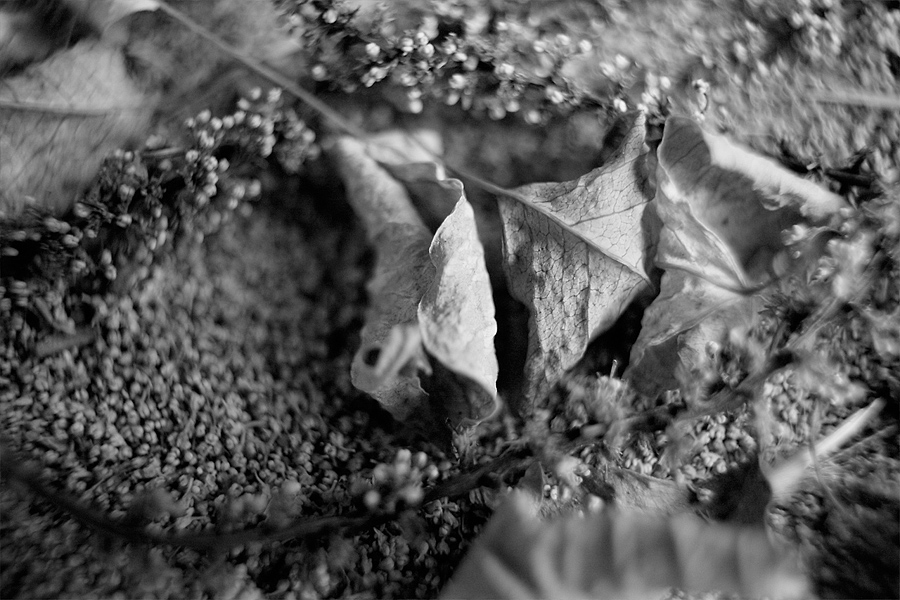
Extreme close up yields exotic results, almost watery in appearance—great artistic possibilities.

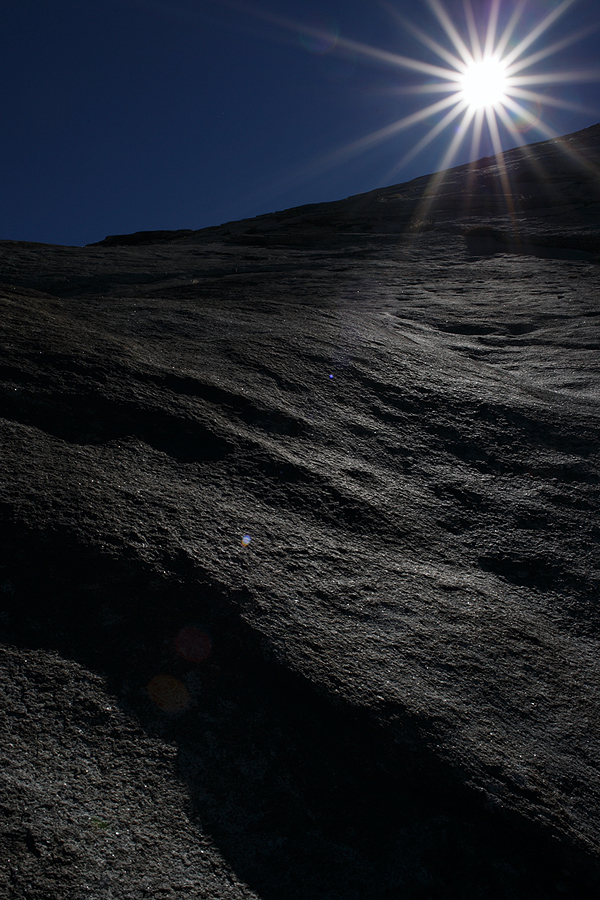
Close-ups are fun, and flare control is outstanding
28/2 Distagon
A workhorse lens that is easier to focus in dim light than the 25/2.8 Distagon while giving up only a modest amount of coverage. A superb choice for all-around indoor/outdoor shooting where apertures f/2 – f/4 will be used. Some pecularities exist however, including field curvature which can be exploited to excellent effect, but will not test well on a resolution chart (close up). I love this lens for walk-around shooting at dusk or dawn..
35/2 Distagon
The 35/2 Distagon is a superb performer wide open. It will not disappoint under any conditions, except perhaps for faint color fringing on high contrast edges. Well-corrected for aberrations across the field, and a fine choice for astrophotography. This is perhaps the author’s favorite lens of the ZF line for its all around versatility. Canon 35/1.4L users take note: this lens is hard to beat. Note: the lens shade from the 50/1.4 Planar may be used on 1.3X and1.5X sensor cameras for additional shielding from stray light. The 35/2 Distagon is an excellent choice for informal environmental portraiture.
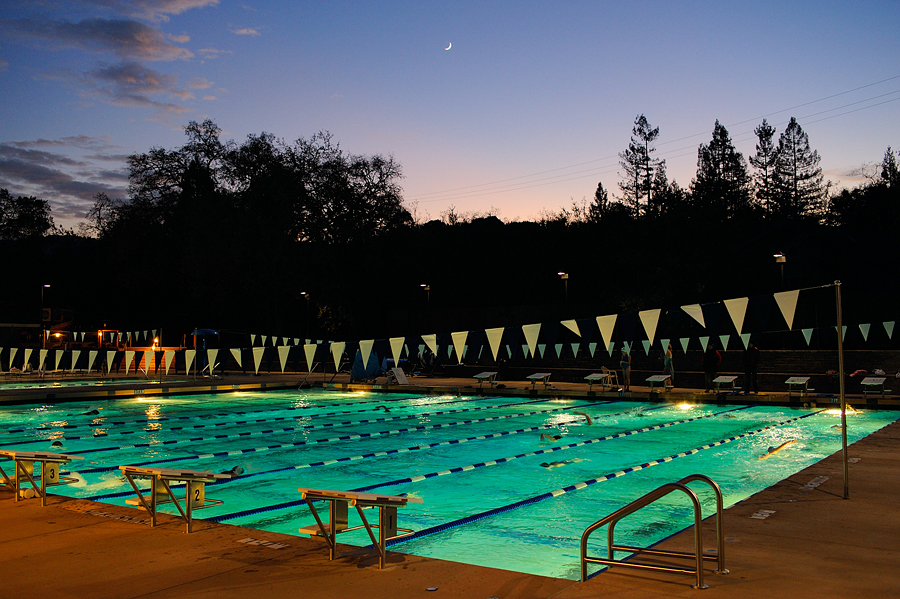
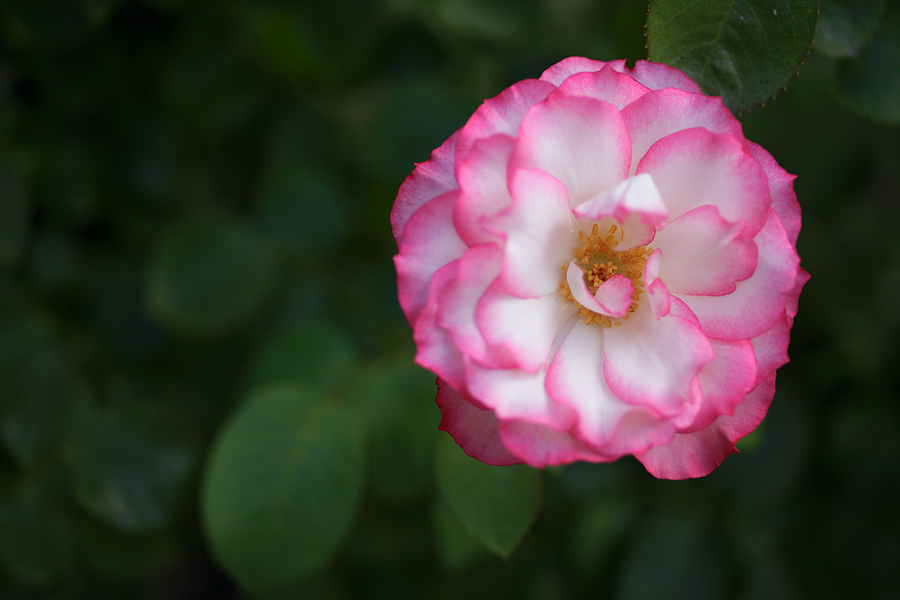

The 35/2 Distagon offers superb close-up results in addition to its distance performance.
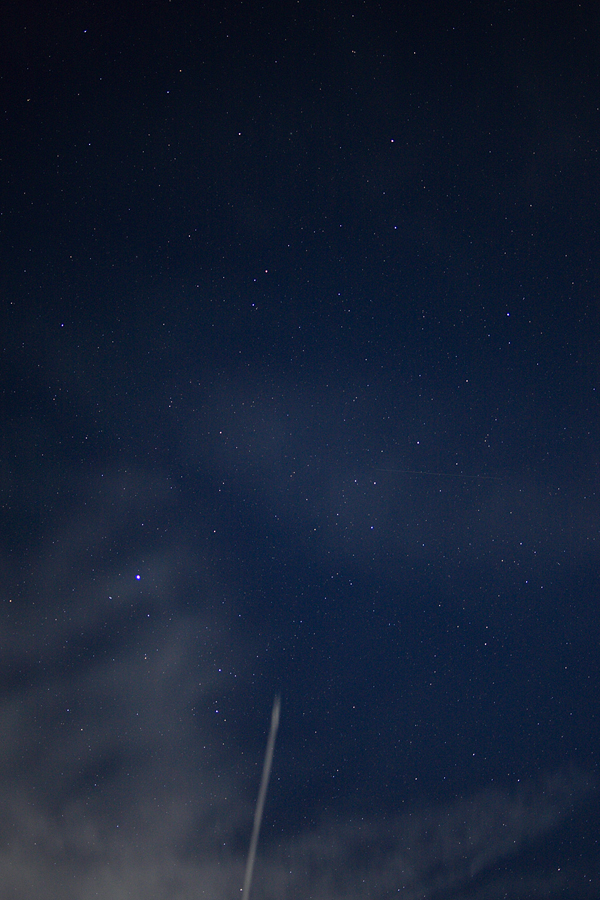
Astrophotography yields excellent results with the 35/2 Distagon
(continued…)





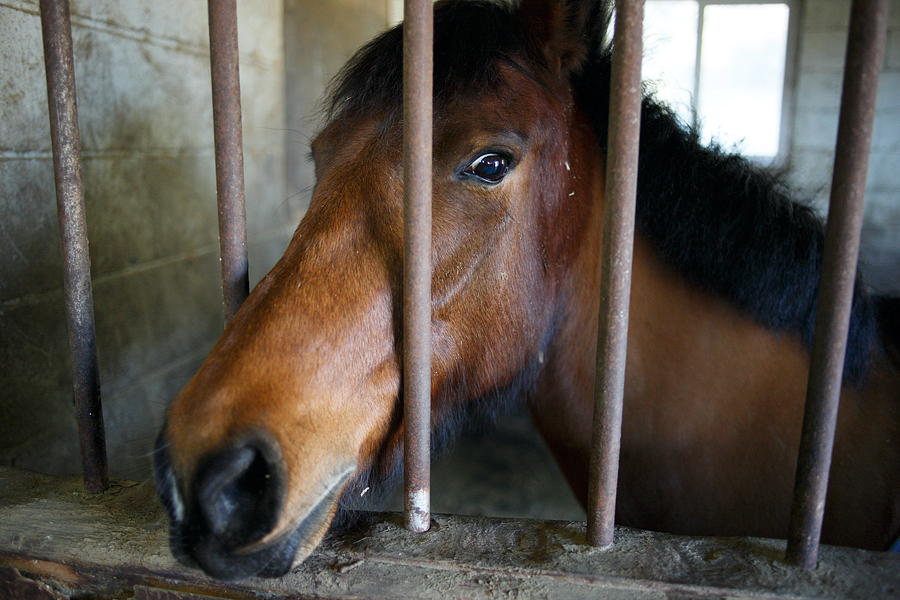
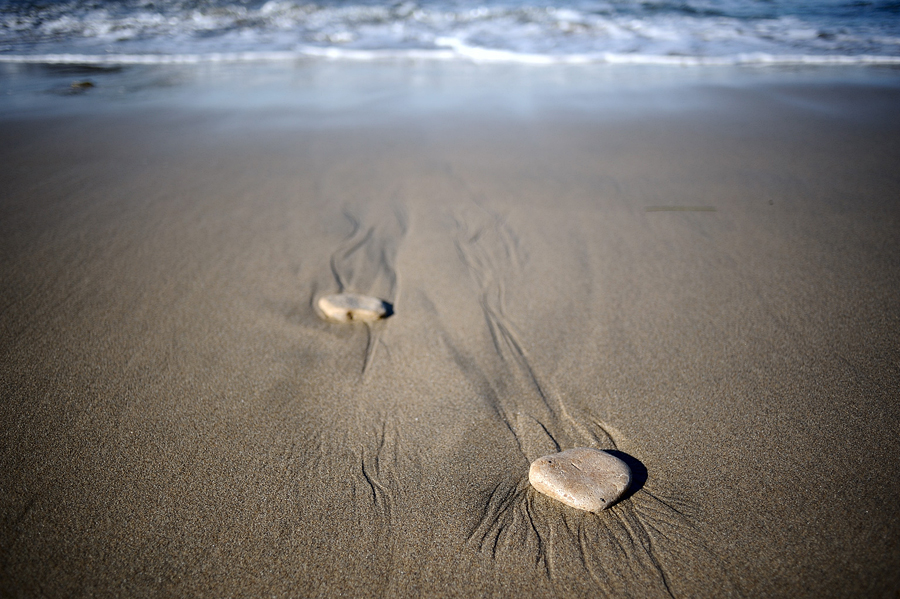
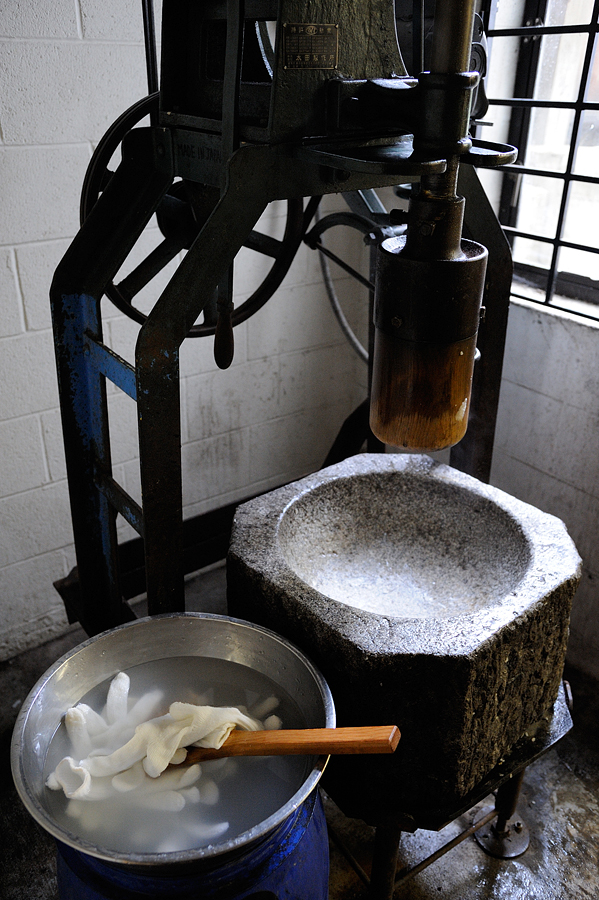

pic4c.com – photos by Sony Alpha and Zeiss lens, Hong Kong, Ho Chi Minh (Saigon)
Fantastic image samples…Quite impressive workmanship,performance. I must start saving…
Stunning examples- even at these small sizes, I can see the exquisite contrast and multi-layered bokeh. Also, regarding flare-resistance, I have never seen anything like it. I wonder about these, yet also whether Sony has the same quality in an auto-focus and image-stablised line, offering ‘the best of the old with the best of the new’. Well, I can barely afford one of these lenses now, let alone a second system. Only time will tell, ‘sigh’.
Carl Zeiss-the Best from best.
Seems the line up comments are consistent with my experience of Zeiss glass used on Contax cameras (both SLR and G series). Even the small nuances, like 85/1.4 not suitable for close up.Hopefully one day when my old Contax equipment dies Zeiss lenses will still be available on modern SLRs!
Thank you for this wonderful review of the Zeiss lenses.
I am a Nikon user, looking for a perfect Fine Art combination.
As an industrial photographer for many years, I have had a Leica M-6 system, and a few Hasselblads, and thrilled with the quality. I have always liked my Nikon, but it was not in the same league as the other two.
Because of the cost of the New Leica M-9 and lenses, I feel Hasselblad should concentrate on the fine artist, instead of trying to compete with 35mm DSLR which I think they are failing.
I am looking for a camera system that might be affordable (some what) with superb quality. I am leaning towards a Nikon D-700x, and 3 Zeiss lenses. (18, 35, & 100). I mostly shoot on a tripod, and check my focus and composition several times before firing the camera.
For these reasons, I prefer manual focus lenses, but heard that Zeiss is now built in Japan and not the same quality as my German Hasselblad lenses.
That is why I feel your review on these products is so helpful to me,
Thanks,
Eric, (the Photomaker)
do ZEISS ZK-mount lenses come with electronic interfaces , thereby allowing it to actuate the focus confirmation mechanism of Pentax cameras ?
thank you !
“The f/2 maximum aperture is unique among macro lenses”
Not quite, the Olympus Zuiko 90mm f2 did it years ago and still does. You are correct only in that it isn’t in production, but as such a wonderful (and my favourite) lens it shouldn’t be forgotten. A new classic doesn’t negate an older one.
There was/is a Zuiko 50 mm f2 as well, of course.
It pays to remember that there are more camera brands than Canon and Nikon.
Don’t forget all Zeiss lenses had the past in Dresden, where the CZJ Lenses was made with superb quality and
somtimes not so goodmaterial as it was not available under comunist regiem but the glasses are today still wonderful.
and remenber CZJ Lenses was the Mother of all Nikon and Canon “replicas”.
For my Canon I use Pentacon PB lenses 1.8/50. 1.8/80 and 2.8/135, all are quit good performers.
for the Nikon F100 I use Pentacon 2.8/120 and 2.8/180mm both are great Lenses.
i just started working with the ze 100/2 Makro and the 50/1,4 Planar….
it feels great!! and the pictures look great … u got to have at least the EG-S Screen…but then… everything is working great!
I have never used any carl zeiss lens. But from what i have seen, seems to be a good lens.
Amazing! Just when I thought I had completed a satisfactory collection of older manual focus Zeiss Jena and Nikon lenses along comes Zeiss ZF for Nikon and your stunning examples. Back to square one!
I am still confused about why Zeiss do not manufacture their lenses in Germany? Why Japan where mass production and a different manufacturing philospohy prevails than in Germany which IS the world’s best.
I am looking for a portrait 85 mm lens, possibly with larger aperture. I understand that Zeiss has a Planar T 85/1.4 but I am confused why it is not manufactured and packaged in Germany??? If there are some of these made in Germany also, please inform me via email and I will go out of the way to purchase it.
Thank you,
Usman.
For cost reasons. If it was made in Germany, they will probably cost $5000 instead of $2000. While you may go out of your way to buy regardless, most people probably won’t. Hence the strategy to make it in Japan.